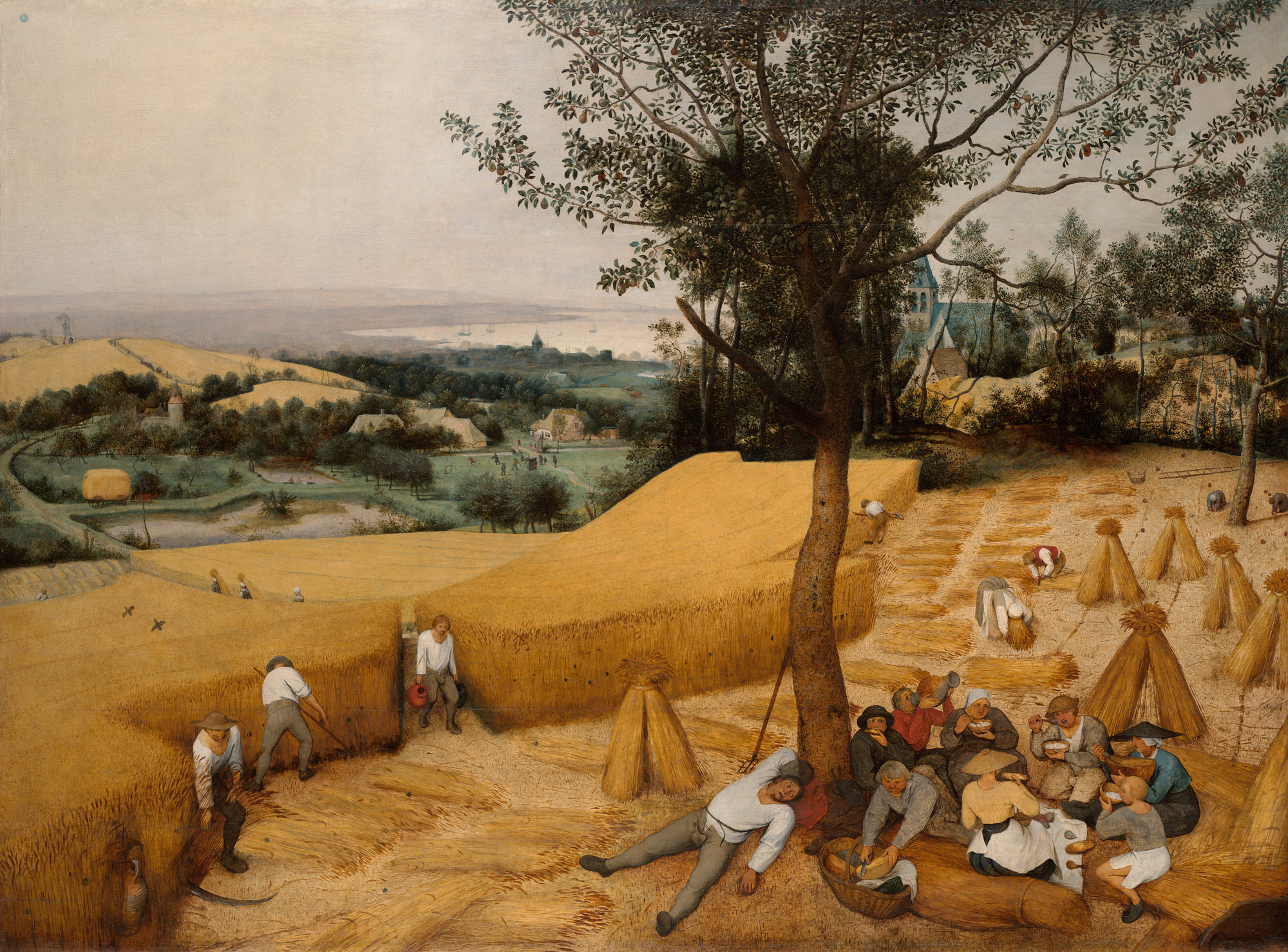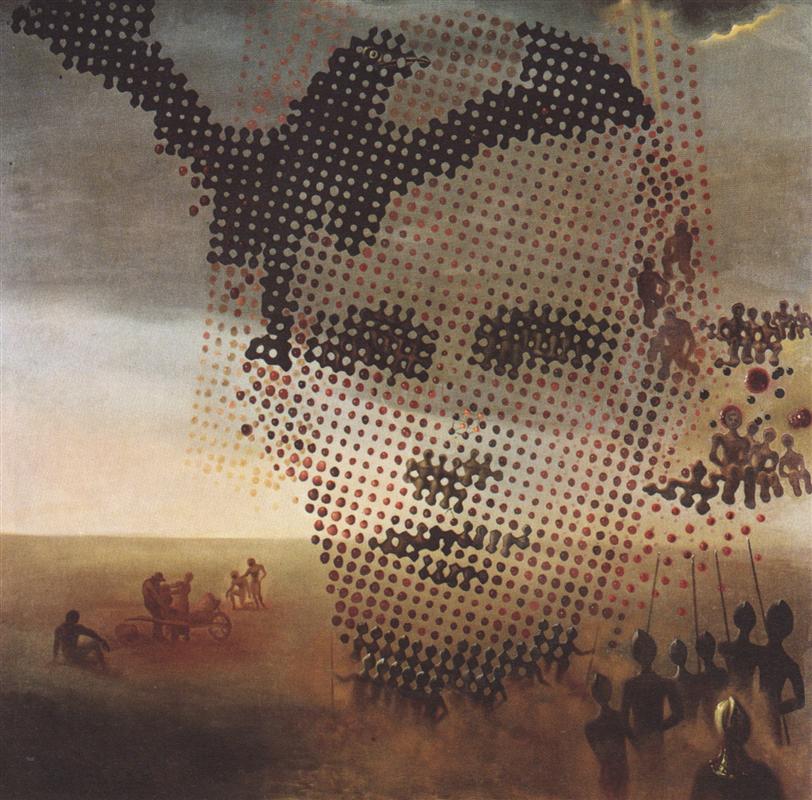Revelations: The Horsemen of the Apocalypse
7:00 AMRevelations
Curated by Arsam Yazdani
 |
| Salvador Dali, The Horseman of the Apocalypse, 1970 |
It's rough, this sketch of the horsemen. But it makes its own message by being so harsh, with every color slicing through the others instead of blending in. Dali's interpretation of the horseman differs from the usual. He doesn't focus on them as a group, more focusing on each individual horseman.
Traditionally, the four horsemen come as one and signify the apocalypse. The color palette Dali uses here perpetuates the hellish aspect, but the unfinished appeal of it changes things. As opposed to the horsemen interpretations of Durer or the like, this piece has less emphasis on their overwhelming presence and more on their entrance. Dali's piece is more frightening for this because the bodies and details are clearly unnecessary. The entrance of the horsemen is the truly scary part - the horsemen are a means to an end.
There are also only three horsemen here. In the Book of Revelations, each horseman represents something different. First is the White Horse, the figure of military prowess, usually referred to as Conquest. Red Horse, or War, signifies mass slaughter, his color specifically being a fiery red. Third: the Black Horse, or Famine. Then comes Pale Horse, the only horse whose rider is explicitly given a name: Death. Out of what is seen of Dali's piece, it seems that Red Horse, Black Horse, and Pale Horse are depicted. Which is fitting for the terrifying scene. Dali seems to focus more upon the terrifying aspects of the horsemen, leaving out White Horse - in many theories, conquest is thought of as a benevolent being, sometimes even as Jesus Christ himself. Dali would have left him out for a reason, then.





_-_Google_Art_Project.jpg)





0 comments